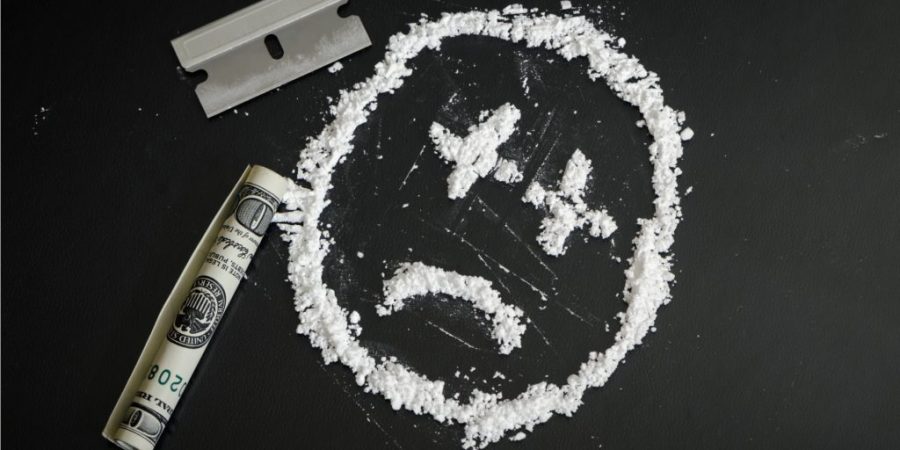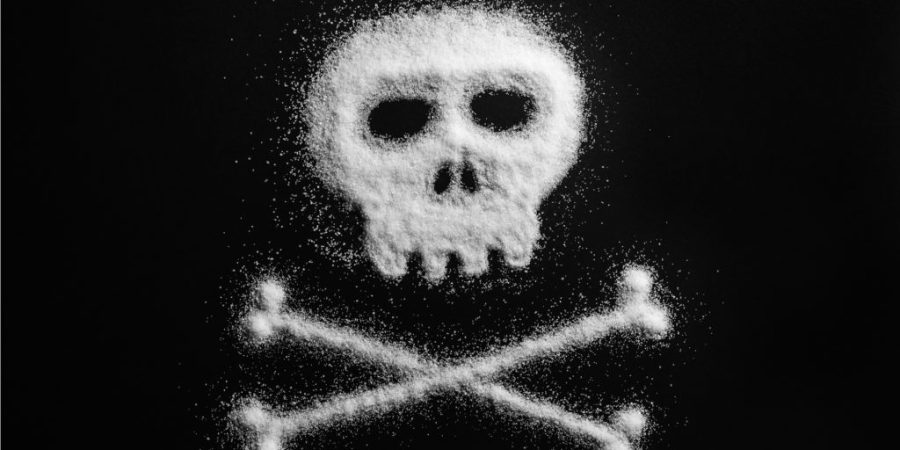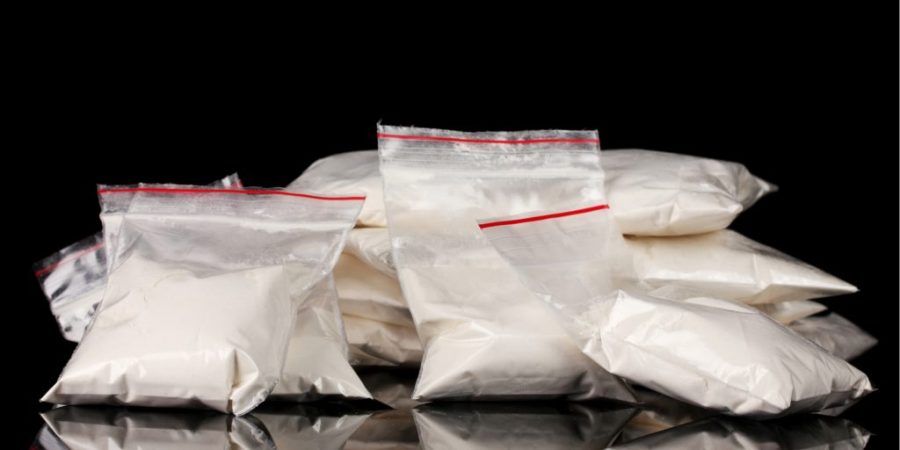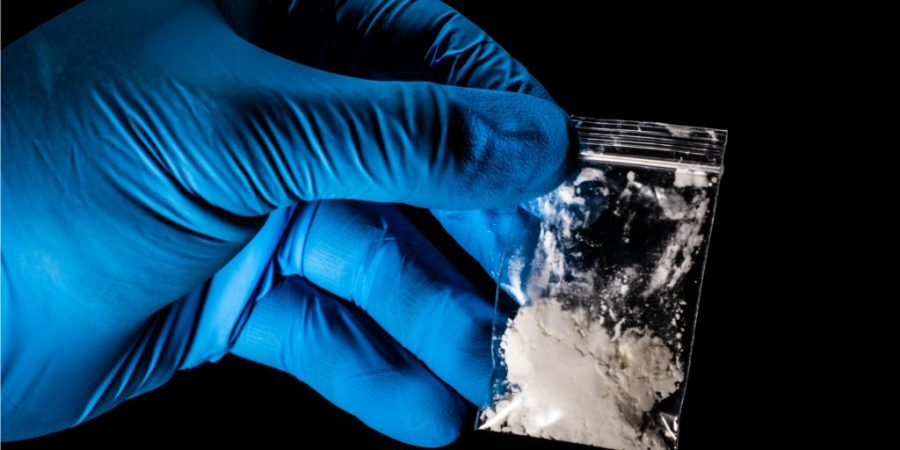
Cocaine is abused in several different ways but usually involves inhalation or injection from the powdered form (cocaine hydrochloride) or smoking from a cocaine base (freebase). But how is cocaine made? And what is different about today’s cocaine batches versus previous versions? Here’s a hint: In Ohio, there is oftentimes no cocaine in what’s being sold as coke.
Cocaine is a highly addictive stimulant drug derived from the leaves of the coca plant. The substance has a legal history, often being used in medical procedures as well as in beverages like Coca-Cola. Today, cocaine is still occasionally used legally in the medical field for anesthesia. However, the substance is mostly used recreationally, which is always illegal.
Table of Contents
How Is Cocaine Made?

Due to the unregulated, illicit way street drugs are made, it’s difficult to know every single ingredient that’s included in the final product. Clearly, illegal drugs are made without any regard to personal health. In addition, cocaine cutting agents are added many times along the way by dealers looking to expand their profits. Regardless, the cocaine-making process usually begins a certain way.
What’s In Cocaine?

Additional ingredients found in cocaine will depend on how many times the product has changed hands. Powdered cocaine dealers learn how to cut cocaine, as cutting cocaine will allow more of the product to be sold. Examples of household products used to cut cocaine include flour, cornstarch, talcum powder, and baking soda. In addition, cheaper drugs like caffeine, amphetamine, heroin, and procaine may be added as adulterants to cheaply mimic the effects of cocaine. At this point, the purity of cocaine is diminished, and the end product is a mixed bag of substances ranging from useless to toxic. However, these toxic compounds are still not what makes today’s cocaine so dangerous.
Ohio Cocaine Trends
In Franklin County, Ohio specifically, cocaine overdose deaths are among the highest in Ohio. Why? Because, sadly, today’s cocaine may not even contain cocaine. Rather, synthetic opioids like fentanyl and carfentanil have made their way into the Ohio cocaine supply. Therefore, someone who expects to be ingesting a stimulant is actually taking an opioid. The result of this tainted cocaine has been a significant increase in cocaine-related overdoses beginning around the year 2016.
As a 2020 report by Harm Reduction Ohio states, “An increasing number of what’s sold today as ‘cocaine’ has no cocaine, only fentanyl plus perhaps caffeine or over-the-counter drugs. The same is true of meth. In the crime lab data, this ‘cocaine’ will appear as fentanyl, not as fentanyl in cocaine. The same is true of meth.”
This report goes on to explain that cocaine users generally do not have an opioid tolerance. Nor do they carry around the opioid reversal agent Narcan (naloxone), which may reverse a lethal dose of fentanyl. Combined, the cocaine user who unintentionally ingests synthetic opioids is set up for overdose, which is often deadly.
How to Handle Fentanyl-Laced Cocaine

Current cocaine manufacturing trends indicate that at best, illegal cocaine purchased on the streets lacks purity and contains a long list of additives that include gasoline and cement. However, at worst, the cocaine purchased may in fact be a powerful synthetic opioid capable of inducing a fatal overdose. Therefore, choosing to do cocaine in Ohio is quite literally a game of life or death. If you’re still willing to take that chance, there are a few things you can do:
- Test the cocaine with fentanyl test strips.
- Carry opioid antagonist, Narcan.
- Tell a friend when you might be using so that they can do a well-check.
In short, the introduction of synthetic opioids to the stimulant supply makes it difficult to answer the question, “How is cocaine made?” Naturally, the only way to truly keep yourself safe from tainted drugs is to face addiction head-on.
Addiction Treatment Near Columbus, Ohio
Both cocaine and opioids are highly addictive substances. Fortunately, addiction treatment provides effective methods of confronting drug use, regardless of the substance. At The Woods at Parkside near Columbus, our treatment team offers a variety of treatment programs to best suit your individual needs.
The manner with which drug rehab begins will depend on the substances that were used. For example, a stimulant addiction does not always require drug detox. However, patients coming to us with an opioid addiction usually begin treatment with supervised detox. Once this is complete, additional treatment options include:
- Residential Rehab
- Dual Diagnosis
- Partial Hospitalization
- Intensive Outpatient Addiction Treatment
- Offsite Partial Hospitalization
These residential and outpatient options ensure that you receive the level of service that is right for you. Wherever you are on your journey, The Woods at Parkside can help with your lasting recovery.
To learn more about our programs, contact our admissions team at 614-471-2552 or use our confidential online form. Oftentimes, we can get you started on your recovery the very same day.
How Is Cocaine Made FAQ
Carfentanil is a synthetic opioid similar to fentanyl, but much stronger. It is used primarily as an animal tranquilizer but has recently made its way into the illicit drug supply via the black market resulting in numerous overdose deaths.
Yes. Cocaine is a highly addictive stimulant drug that acts by speeding up the central nervous system. Over time, cocaine use will change the chemistry in the brain resulting in tolerance and addiction.
In short, cocaine is cut with whatever the manufacturer and dealers want to add to it. This often includes substances that look like cocaine, such as baking soda, flour, cornstarch, and levamisole (cattle wormer). This is to dilute the product so that there is more to sell.
Other cheaper drugs may also be added to cocaine, again to expand the supply. These commonly include caffeine, amphetamine, heroin, procaine, and numerous other drugs that have side effects that mimic cocaine.
More recently, synthetic opioids like fentanyl have been added to the cocaine supply. This has created a substantial increase in cocaine-related overdose deaths in Ohio and nationwide.
The post How Is Cocaine Made? The Cutting Agents May Surprise You appeared first on The Woods At Parkside.
Source
Original Author: The Woods at Parkside

